Retro Replay Review
Gameplay
Kaeru no Tame ni Kane wa Naru offers a distinctive blend of top-down exploration and side-scrolling puzzle segments that keeps the experience varied from start to finish. In the overworld, you guide Prince Sablé through branching pathways, secret passages, and hidden chambers, all while automatic combat resolves disputes with enemy creatures. This hands-off approach to fighting shifts the emphasis away from button-mashing and toward careful route planning, stat management, and strategic use of power-ups. Rather than directly controlling attack animations, you focus on collecting heart containers to boost health and gathering strength and defense enhancements to tip battles in your favor.
(HEY YOU!! We hope you enjoy! We try not to run ads. So basically, this is a very expensive hobby running this site. Please consider joining us for updates, forums, and more. Network w/ us to make some cash or friends while retro gaming, and you can win some free retro games for posting. Okay, carry on 👍)
The side-scrolling sections are equally engaging, offering block-pushing puzzles, moving platforms, and timed switches that require both patience and clever thinking. As a frog, Sablé can leap across wider gaps and cling to narrow ledges, granting access to alcoves and secret rooms unavailable in his human form. This dual-mode design creates an alternating rhythm of exploration and brain-teasing challenges, ensuring that neither aspect ever overstays its welcome or feels repetitive.
Backtracking is encouraged but never tedious, thanks to NPCs who offer hints, shops stocked with useful items, and warp points that unlock as you progress through the castle. The balance between open-ended exploration and guided progression ensures players always have a sense of direction—whether that’s pursuing the main story or uncovering side quests that reward you with additional hearts or rare stat boosts. Overall, the gameplay loop—exploration, puzzle-solving, transformation, and incremental character strengthening—feels satisfying and well-paced.
Graphics
For an early ’90s action-adventure title, Kaeru no Tame ni Kane wa Naru delivers surprisingly expressive visuals. The top-down segments feature colorful tile sets that distinguish forests, dungeons, and the sprawling castle interiors with only minimal reuse of assets. Each new area feels fresh: mossy stones in underground caverns, polished marble floors in banquet halls, and sunlit courtyards dotted with fountains. The limited palette is used to great effect, giving the game an inviting, fairy-tale atmosphere.
When Sablé transforms into a frog, the sprite change is both charming and functional—his smaller size, vibrant green hue, and eased frame animations signal a genuine shift in gameplay possibilities. Enemy sprites are instantly recognizable, with goblins, bats, and armored knights sporting their own distinctive silhouettes. Even in crowded rooms, there’s no confusion over which foes are approaching or which floor tiles can be walked on or pushed.
Side-scrolling areas boast crisp pixel art, from trap-laden corridors to cleverly concealed doors. Subtle animation loops—ticking bells dangling from ceilings, flickering torches, and gently swaying banners—imbue the environments with life. While modern standards have far outpaced the Famicom’s capabilities, Kaeru no Tame ni Kane wa Naru’s graphics hold up as a testament to thoughtful design and effective color usage, making exploration both functional and aesthetically pleasing.
Story
At its heart, Kaeru no Tame ni Kane wa Naru tells a tale of rivalry, perseverance, and unexpected heroism. Prince Richard speeds off to rescue a distant princess, leaving the more cautious Prince Sablé to follow at a slower pace. This setup cleverly subverts the typical “race to the rescue” trope by transforming Sablé into a frog with each toll of a mysterious bell—forcing him to overcome both physical and magical obstacles rather than simply outpacing his rival.
The narrative unfolds gradually, with NPCs offering bits of lore about the princess’s kingdom, the castle’s dark history, and the enigmatic bell that curses Sablé. Occasional cutscenes—rendered in charming, blocky visuals—underscore key developments, like a wizard’s cryptic warning or Richard’s own misadventures. Although dialogue is concise, each line serves a purpose, providing context for the next puzzle or dungeon without bogging down the pace.
What elevates the story is its seamless integration with gameplay: every new ability or key item is introduced through a narrative beat, whether it’s discovering a magic bell hammer to ring your own bell or obtaining a royal medallion that grants access to forbidden wings of the castle. By the time you confront the final cursebearer, you’re deeply invested in Sablé’s quest—not merely as a tadpole hero, but as a determined prince reborn through adversity.
Overall Experience
Kaeru no Tame ni Kane wa Naru remains a hidden gem of the action-adventure genre. Its clever mechanic—transforming into a frog at specific points—gives the game a unique hook that informs both level design and puzzle variety. Whether you’re a retro enthusiast or a newcomer curious about gaming history, you’ll appreciate the game’s tight pacing, cleverly crafted dungeons, and enduring sense of exploration.
The lack of manual combat may put off those expecting hack-and-slash depth, but the automatic battle system actually streamlines progression, allowing you to focus on uncovering secrets and optimizing Sablé’s stats. Collectibles, hidden rooms, and multiple warp points ensure high replay value: even after beating the main story, you’ll find new areas or shortcuts you missed on your first run.
In sum, Kaeru no Tame ni Kane wa Naru delivers a polished, engaging adventure whose mix of exploration, puzzle-solving, and curse-breaking narrative still feels fresh decades after its release. For players seeking a well-balanced challenge wrapped in charming 8-bit aesthetics and a whimsical storyline, this title remains a must-have for any action-adventure collection.
 Retro Replay Retro Replay gaming reviews, news, emulation, geek stuff and more!
Retro Replay Retro Replay gaming reviews, news, emulation, geek stuff and more!
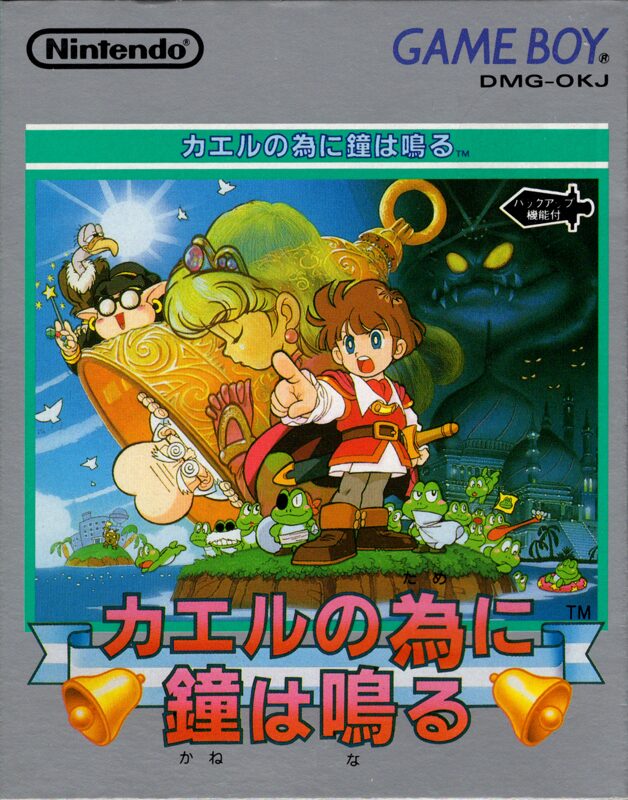
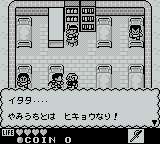
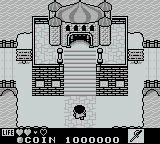
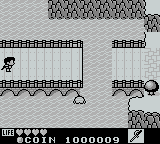
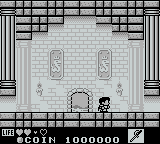
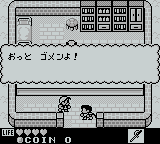



Reviews
There are no reviews yet.